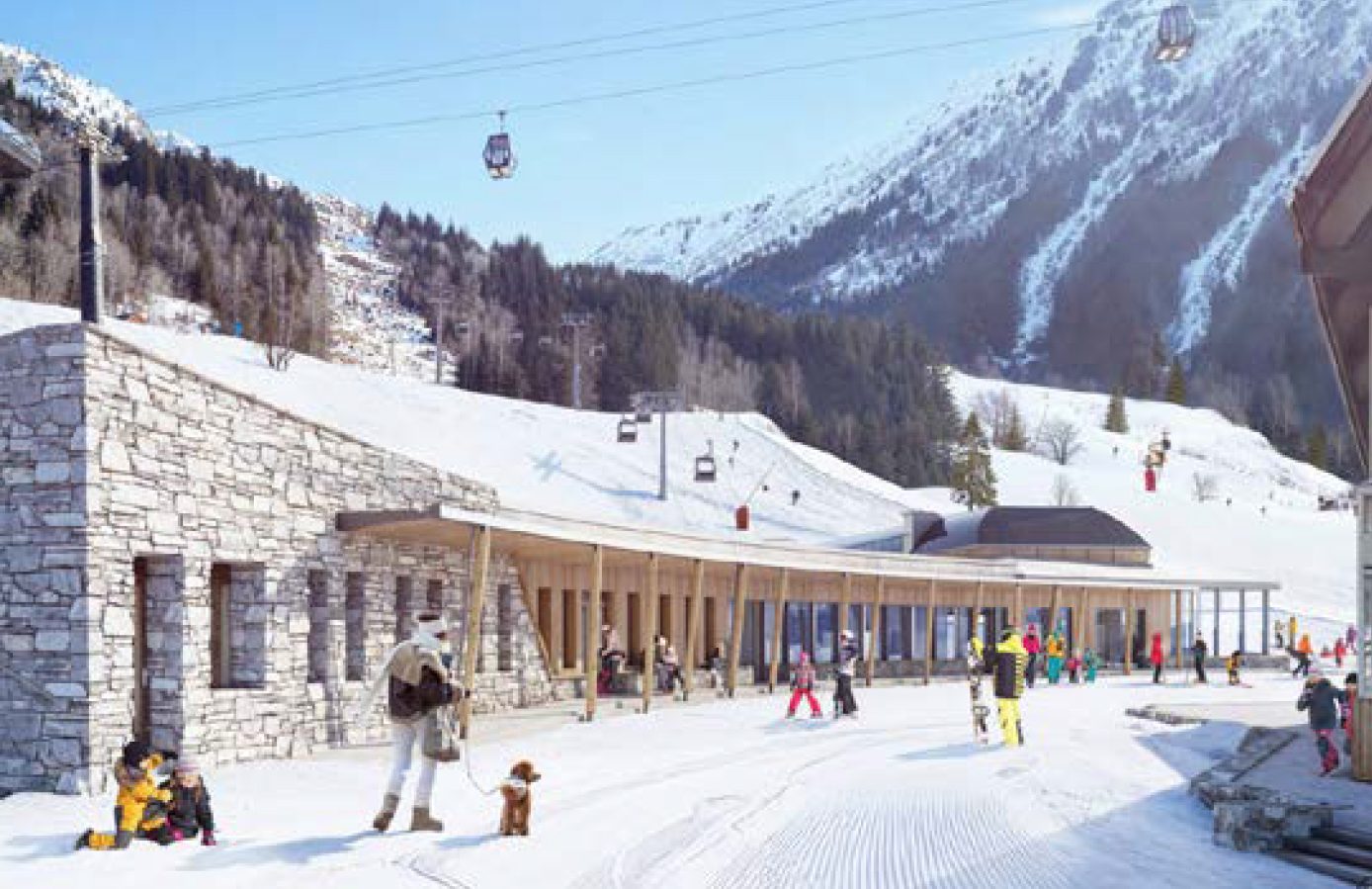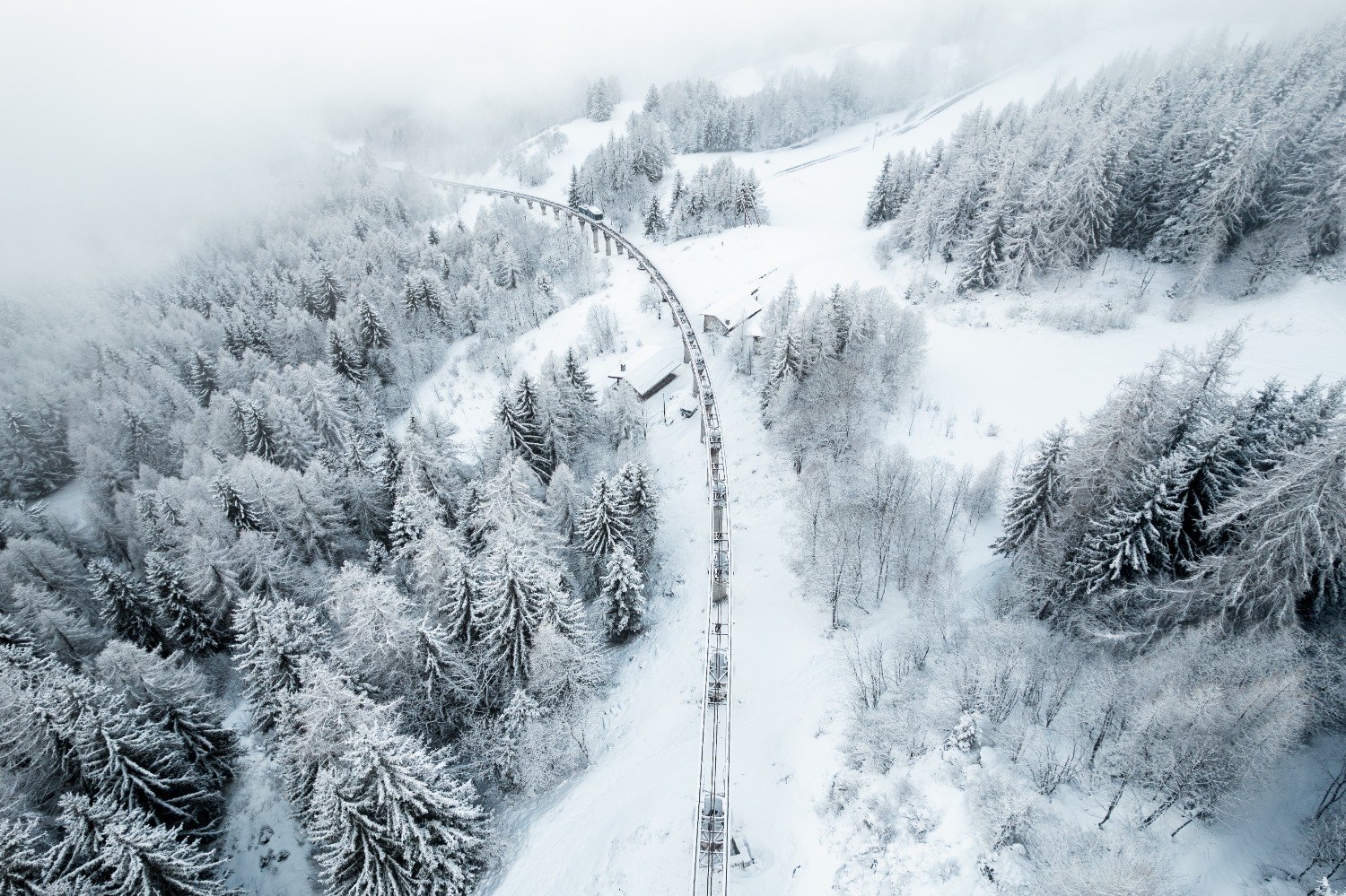Why Dual-Dial Ski Boots Might Be Your Next Best Upgrade
If you’ve ever struggled with ski boot buckles while juggling poles and dodging the boot-room chaos, it’s time to twist your expectations—literally. We flew from London to Denver to dive into the BOA Fit System Performance Lab and get firsthand insight into how this once-snowboard-exclusive tech is revolutionizing alpine skiing.
You’ve seen the dials—on cycling shoes, on golf gear, and yes, on snowboard boots. That’s BOA: the precision fit system founded in 2001 that’s quietly embedded itself into the DNA of over 300 global brands. But now, BOA is hitting the slopes harder than ever before—with a dual-dial ski boot setup that’s not just about ease, but elite-level performance.
Why Ski Boots? Why Now?
We sat down with BOA’s Consumer Marketing Manager, Brenna Sullivan, and VP of Innovation and Development, Dan Feeney, to ask the big question: why ski boots?
“Skiing demands precision,” says Feeney. “You’re transferring force, managing fit, and seeking comfort in extreme conditions. That’s exactly where BOA thrives.”
Historically dominant in snowboard boots, BOA’s expansion into alpine terrain has been fueled by a wave of collaboration with top-tier brands and athletes, including Olympic gold medalist Benjamin Raich. And it’s not just hype—BOA’s lab testing tells a compelling story.
Inside the BOA Lab: Biomechanics, Pressure Sensors, and Real-World Gains
Walking into the BOA lab feels more Silicon Valley than ski shop. Pressure-mapping plates, force-sensing treadmills, and high-speed cameras line the testing area, capturing everything from micro-adjustments in fit to measurable changes in control and stability.
Their recent findings? A 13% reduction in peak pressure across the foot, up to 10% greater responsiveness, and improved lateral stability. These aren’t just numbers—they translate to tangible on-mountain benefits, from better carving to less fatigue.
Most notably, the dual-dial system (with separate controls for the forefoot and upper cuff) allows skiers to fine-tune their fit mid-run. Forget the buckle dance at the top of the chairlift—this is precision engineered performance.
A Revolution in Fit and Feel
The real beauty of BOA isn’t just in the numbers—it’s in the feel. By eliminating traditional pressure points and offering micro-adjustments on the fly, skiers can dial in the perfect fit without fumbling with cold hands or stiff plastic.
Sullivan adds, “It’s not about replacing buckles for the sake of it—it’s about performance. With BOA, we’ve seen elite racers shaving milliseconds, and weekend warriors skiing longer with less discomfort.”
From Snowboards to Slalom
While BOA’s roots lie in snowboarding, their presence now stretches across cycling, golf, trail running, even medical bracing. The ski boot application, however, might be their most exciting evolution yet. Collaborations with top brands like K2, Salomon, and Atomic have brought BOA-equipped boots to a broader audience, from powder hunters to park rats.
And if you’re skeptical about ditching buckles, consider this: with BOA, boots are quicker to get on, easier to adjust, and far more comfortable for long days on the mountain.
Final Turns
For the tech-savvy skier or anyone tired of fiddling with four buckles and a prayer, BOA’s dual-dial ski boots are more than just a gimmick—they’re a game-changer. With hard science backing the claims and elite athletes swearing by the results, the future of fit may just be a click away.
So next time you see that little twisty dial, don’t just walk by—give it a spin. Your feet (and turns) might thank you.
Watch our full factory visit video, hear from the designers, and see the science in action. 

More Gear Inspo
The post Inside the BOA Factory appeared first on InTheSnow.




